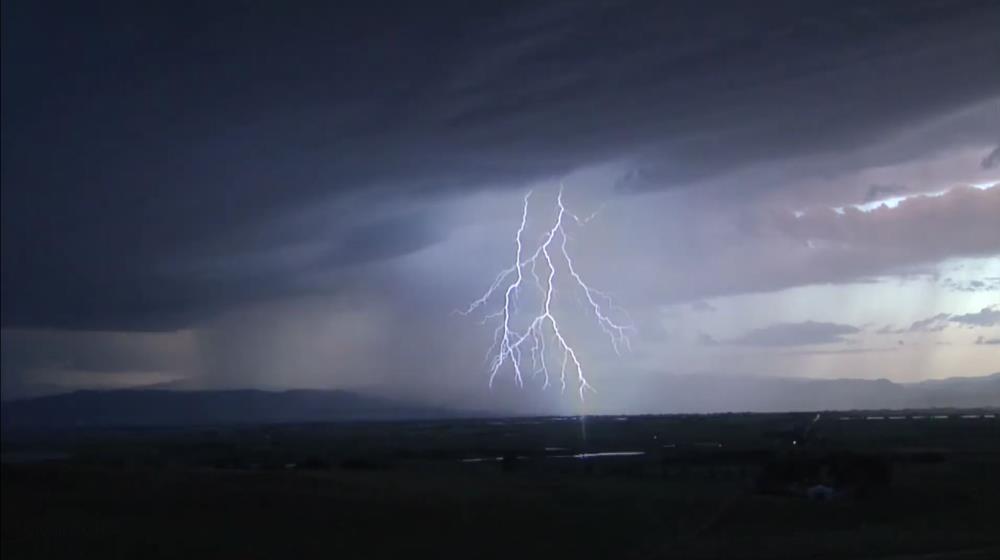
Related items loading ...
Section 1: Publication
Publication Type
Conference Presentation
Authorship
Snook Levi
Title
Arctic Grayling Habitat Use and Limitations in the Kakisa River, NWT
Year
2022
Publication Outlet
AOSM2022
DOI
ISBN
ISSN
Citation
Levi Snook (2022). Arctic Grayling Habitat Use and Limitations in the Kakisa River, NWT. Proceedings of the GWF Annual Open Science Meeting, May 16-18, 2022.
Abstract
The Canadian Arctic is undergoing extensive climate warming, at a rate much greater than the rest of the country, experiencing warmer temperatures, unpredictable weather patterns, as well as slumping and erosion of river banks due to melting of permafrost. The Dehcho region of the Northwest Territories is an area subjected to this rapid environmental change, as well as being subjected to anthropogenic pressures of resource development and forest fire activities. Wilfred Laurier University has developed a strong relationship with Ka’a’gee Tu First Nation and the Dehcho Aboriginal Aquatic Resources and Ocean Management (AAROM) team through the implementation of several community-lead biomonitoring programs focused on assessing impacts of climate change on aquatic resources in the region. Recently, the community communicated their concerns to Laurier researchers that Arctic grayling (Thymallus arcticus) numbers were in decline within the Kakisa River, a tributary of the Mackenzie River, NWT. The members of the Ka'a'gee Tu First Nation as well as local sport fishers, have observed lower catches of Arctic grayling during their annual spawning run in the Kakisa River in recent decades.
Arctic grayling require cold, clear water and undertake complex seasonal movements that differ among systems in response to local conditions. This sensitivity makes them particularly susceptible to changing stream hydrology and climate related impacts which may be causing stress in local grayling populations and limiting the availability of essential habitat. Currently there is a limited understanding of the specific seasonal movements of grayling in the Kakisa River both inside the river and following their distribution after the spawning run. To further expand the knowledge of grayling distribution and threats to the local population, a community-based arctic grayling research program was proposed which focuses on both adult and juvenile habitat use and identification of stressors of the Kakisa River grayling population. The study uses radio telemetry tags administered to adult arctic grayling captured in the Kakisa river after the spawn in spring of 2022. A network of telemetry receivers and habitat loggers are deployed throughout the river and into Beaver Lake on the Mackenzie River to investigate the movements of adult grayling and establish thermal and habitat preferences. In addition, year 2 of the study scheduled for 2023 will incorporate the assessment of juvenile habitat availability, specifically rearing and nursery habitat within the Kakisa, to further examine potential limiting factors contributing to grayling decline in the river. This will involve the development of a juvenile Arctic grayling occupancy model that will support the assessment of habitat limitations and stressors on juvenile grayling in the Kakisa River.
Plain Language Summary
Section 2: Additional Information
Program Affiliations
Project Affiliations
Submitters
|
Levi Snook | Submitter/Presenter | snoo3610@mylaurier.ca | Wilfred Laurier University |
Publication Stage
N/A
Theme
Water Quality and Aquatic Ecosystems
Presentation Format
10-minute oral presentation
Additional Information
AOSM2022 Northern Water Futures (Pillar 3), sub-theme Biomonitoring


 GWFNet
GWFNet Master
Master Data
Data Research
Research Map
Map
 Advanced
Advanced Tools
Tools
 . . .
. . .
 Metadata Editor
Metadata Editor
 Record List
Record List
 Alias List Editor
Alias List Editor
 Legacy sites
Legacy sites